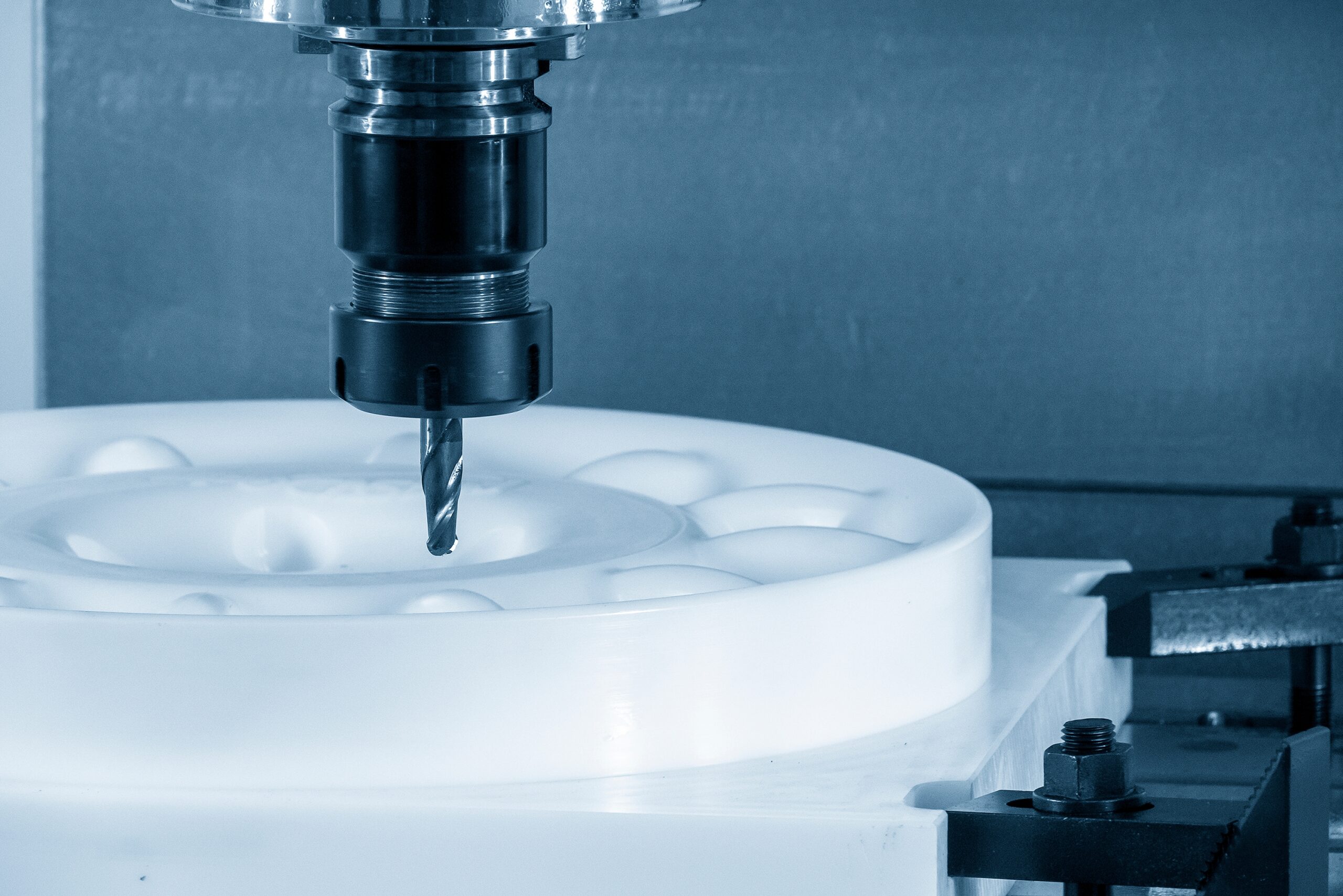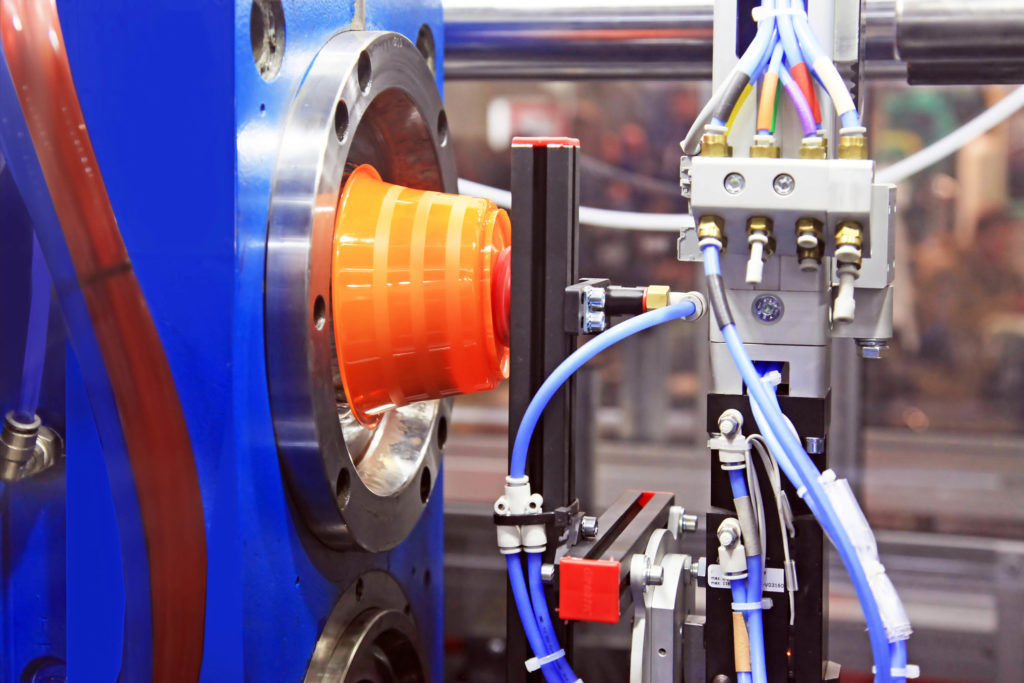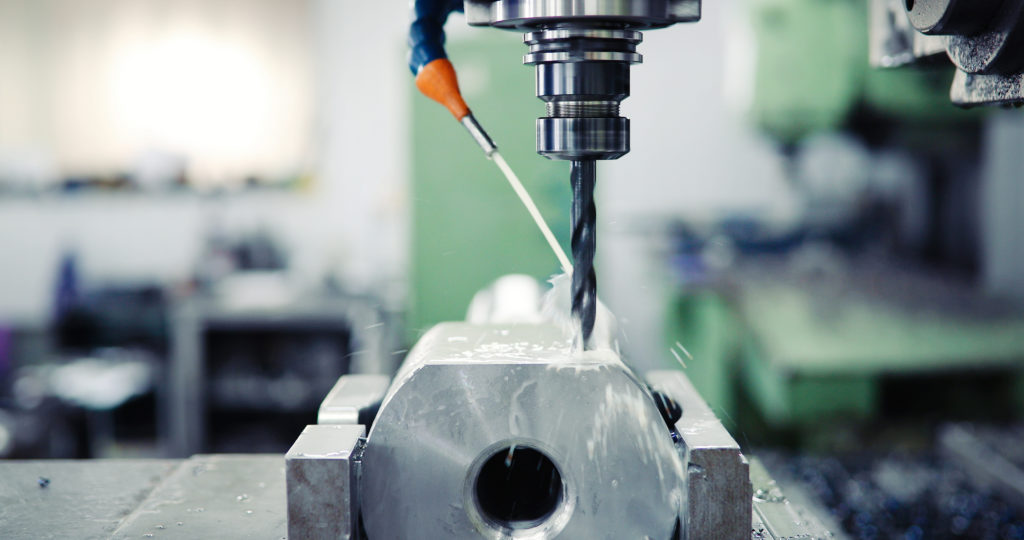Hytrel, a thermoplastic polyester elastomer (TPE) from DuPont, provides an excellent balance between flexibility and strength. Seal engineers know that if a seal is too rigid, it responds to changes in motion or pressure. Too soft, and it fails under heat or chemical attack. And that’s where Hytrel, a thermoplastic polyester elastomer (TPE) from DuPont, finds its niche as it bridges the gap between rubber-like elasticity and plastic-like toughness.
If you are looking for a material that resists fatigue, survives dynamic loads, and endures challenging fluids, then it is time to take a deep dive into Hytrel. This article looks at the science behind it, the different grades available, and where it works best.
Understanding Hytrel: Structure, Chemistry, and Properties
Hytrel is a block copolymer comprised of alternating hard (polybutylene terephthalate) and soft (polyether) segments. This unique molecular structure type offers excellent versatility, as the hard segments provide mechanical strength, creep resistance, and dimensional stability. In contrast, the soft segments contribute elasticity, impact resistance, and low-temperature flexibility.
Engineers value Hytrel for properties such as:
- Excellent flex fatigue resistance and rebound resilience, with the ability to flex in multiple directions
- Wide operating temperature range (cryogenic to +315°F), depending on the grade
- Very strong chemical resistance to media, including solvents, oils, fuels, and hydraulic fluids
- An excellent combination of high wear resistance and low compression set
- Good creep resistance
Additionally, it retains its mechanical properties even at high temperatures and remains flexible even at low temperatures.
Hytrel components can be manufactured in a number of different ways, including thermoplastic processing, extrusion, melt casting, rotational molding, blow molding, and injection molding.
There are two grades of Hytrel available: standard grades, which are the most economical and strike an excellent balance between cost and performance, and high-performance grades, which are ideal for environments where issues like abrasion and tear can be problematic. Each of these grades have ranges of hardness and elastic modulus, all achieved by varying the ratio of soft to hard segments in the molecular structure.
Grades of Hytrel
There are various grades of Hytrel, some of which are summarized here.
Hytrel 4056
This grade offers an excellent combination of toughness and strength over a considerably wide temperature range. It works extremely well for low-temperature and cryogenic applications that require a material that is able to retain flexibility.
Hytrel 4068 and Hytrel 4069
Both grades offer good flex-fatigue and creep resistance combined with outstanding low-temperature properties. And they can be formed using molding or extrusion. They have a higher melting point and lower elastic modulus than 4056. In addition, there is a food-grade material available: Hytrel 4068FG.
Hytrel 4556
4556 is similar to grades 4068 and 4069, with a low-to-medium elastic modulus. This grade works extremely well for seals and gaskets.
Hytrel 5526 and Hytrel 5556
In terms of general properties, these particular grades provide a good balance. Its flow properties, however, primarily limit it to injection molding and extrusion as the manufacturing method. They also offer a balance of properties with a medium modulus.
Hytrel 4053FG NC010
When food contact grade seals are needed, 4053FG NC010 may be an option. This grade has a low modulus extrusion, and its properties include flex-fatigue resistance, creep resistance, and good low-temperature properties.
Engineering with Hytrel: Applications and Design Considerations
There are several applications where Hytrel offers excellent performance, starting with sealing for dynamic applications.
Dynamic Sealing
It performs extremely well in reciprocating and rotary seals where flexibility and abrasion resistance are critical. In fact, its ability to recover quickly after deformation reduces leakage in spring-energized and lip seal designs.
Harsh Chemical and Thermal Environments
It’s excellent resistance to fuels, hydraulic oils, and cleaning solvents makes it a solid choice for automotive, aerospace, and industrial systems. Although it is not as inert as PTFE, it still outperforms many rubbers and urethanes in aggressive chemical environments.
Manufacturing and Compatibility
Because Hytrel is a thermoplastic, it can be welded, machined, or molded with high precision. In addition, it bonds well to certain metals and other polymers, making it ideal for multi-material seal assemblies.
Specific Applications
Here is a sample of just some of the applications where it excels:
- Chassis Suspension Systems
- Thermoplastic Tubing and Elastomeric Hose
- Innovative Furniture Design
- Medical Device Materials
- Sustainability in Airbag Systems
- Plastics For Sporting Goods
- Cable Insulation and Jacketing
- Polymers for Oil and Gas
- Food Contact Materials
- Seals and Gaskets
Limitations
Even with the excellent performance it offers, Hytrel does have limitations. For example, prolonged exposure to hot water or steam can degrade performance, and certain polar solvents may affect long-term durability. In addition, Hytrel does not work well in environments with continuous exposure to aggressive chemicals such as strong acids or halogens, and this is especially true at high temperatures.
Conclusion
Hyrtrel provides a solid middle ground between flexible rubber and rigid polymer solutions. Its resilience, fatigue life, and processability make it a go-to choice for demanding environments. Its balance of strength and elasticity will translate into longer service life, better energy efficiency, and reliable performance under real-world stress.
At Advanced EMC Technologies, we understand that every design challenge requires the right material match. Our engineering team works closely with clients to design Hytrel-based component solutions optimized for temperature, pressure, and chemical exposure. Contact Advanced EMC today to discuss how Hytrel can elevate the performance of your next sealing system.




